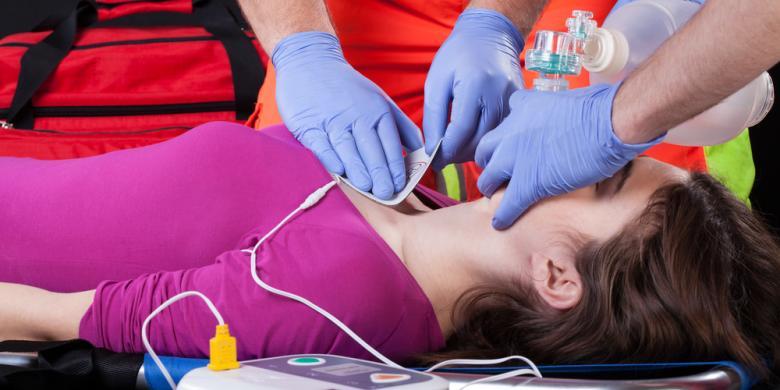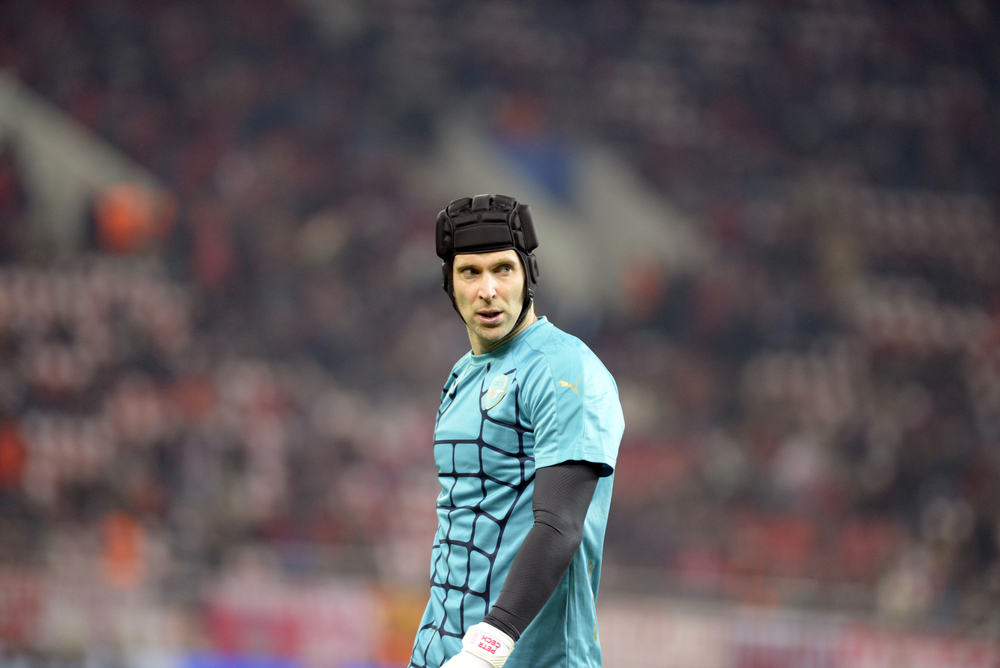Contents:
Medical Video: Cornea transplant
Definition
What is a cornea?
Your eyes have several layers. The cornea is a translucent part, with a concave shape in the outermost layer of your eye. Sometimes the cornea can get sick, affecting your vision.
How can the cornea get the disease?
There are many causes for the cornea to become infected. Three common causes that require surgery are keratoconus (where the surface of the cornea becomes cone shaped, causing blurred vision), endothelial decompensation (where the cornea is swollen and blurred), and scratched.
What is a corneal transplant?
Corneal transplantation is an operation used to remove all parts of the damaged cornea and replace them with healthy corneal tissue from the donor's eyes accordingly.
When should I have a corneal transplant?
You will need a corneal transplant to improve your vision if you experience:
- outward protruding cornea (keratoconus)
- Fuchs' dystrophy
- thinning of the cornea
- scratched cornea, caused by infection or injury
- opaque cornea
- swollen cornea
- ulcer cornea, including caused by infection
- complications caused by previous eye surgery
Prevention & warning
What should I know before undergoing corneal transplant surgery?
Most people who receive corneal transplants will have a vision of at least half recovery. Corneal transplant results depend on the reason for your surgery and your health condition. The risk of complications and corneal rejection can occur several years after a corneal transplant is performed. Therefore, make sure to check up with an ophthalmologist every year. Corneal rejection can usually be treated with medication.
Looking for a corneal donor
Most corneas used in corneal transplants are obtained from deceased donors. Unlike other organs, such as the liver or kidneys, people who need a corneal transplant generally do not have to wait too long. This is because many people specifically allow their corneas to be donated after they die, unless they have certain conditions. So there is enough cornea available for transplantation compared to other organs. Corneas may not be used from donors who have several conditions, such as certain central nervous system conditions, previous eye surgeries, or eye diseases, or from people who die from unknown causes.
Are there alternatives to corneal transplants?
Various types of eyeglasses and contact lenses may help. Some types of keratoconus can be treated with surgery where a small plastic ring is placed inside the cornea. If you have endothelial decompensation, eye drops can help. All of these methods will be less effective if the disease worsens.
Process
What should I do before doing this operation?
Before corneal transplant surgery, you will undergo:
- comprehensive eye examination - your eye doctor checks for conditions that can cause complications after surgery
- eye measurement - your eye doctor will check the size of the donor cornea you need
- review of all drugs and supplements you are using - you may need to stop using certain drugs or supplements before or after a corneal transplant
- treatment for other eye problems - unrelated eye problems, such as infection or inflammation, can reduce the success of corneal transplants. Your ophthalmologist will try to overcome this problem before surgery
What is the process of corneal transplant surgery?
Various drug techniques are possible. Surgery usually takes 1-2 hours. Your surgeon will remove the center of the diseased cornea, and replace it with the cornea part of the donor. Your doctor can replace all your corneas, or just replace the outer layer, or just the inner layer. The doctor will use small sutures to hold the cornea or the new part of the cornea in place.
What should I do after surgery?
Many people have to spend the night at the hospital, but you might also be able to go home the same day. The doctor will give you eye drops and sometimes drugs to take home. You should not swim or lift heavy items until you are re-examined by your surgeon. Before exercising, ask for advice from your doctor to make sure this exercise is safe for your condition. Many people recover well. But it might take a year for your eyes to really improve. You may need another operation to change the shape of the cornea. Your doctor will ask you to return to the clinic regularly so they can check whether the transplant is recovering properly and check for signs of rejection.
Complications
What complications can occur?
Overall corneal transplantation is a safe procedure. However, corneal transplants also have a small risk of serious complications, such as:
- eye infection
- increased risk of fog in the eye lens (cataract)
- pressure increases inside the eyeball (glaucoma)
- problems with sutures used to attach the donor's cornea
- rejection of the donor cornea
- swelling of the cornea
In some cases, your immune system can mistakenly attack the corneal donor. This is called rejection, and this can require medical treatment or other corneal transplants.
Make an appointment with your eye doctor if you are aware of any signs or symptoms of corneal rejection, such as:
- loss of vision
- pain
- reddish
- sensitive to light
Rejection occurs around 20 percent of corneal transplants.
Hello Health Group does not provide medical advice, diagnosis or treatment.











